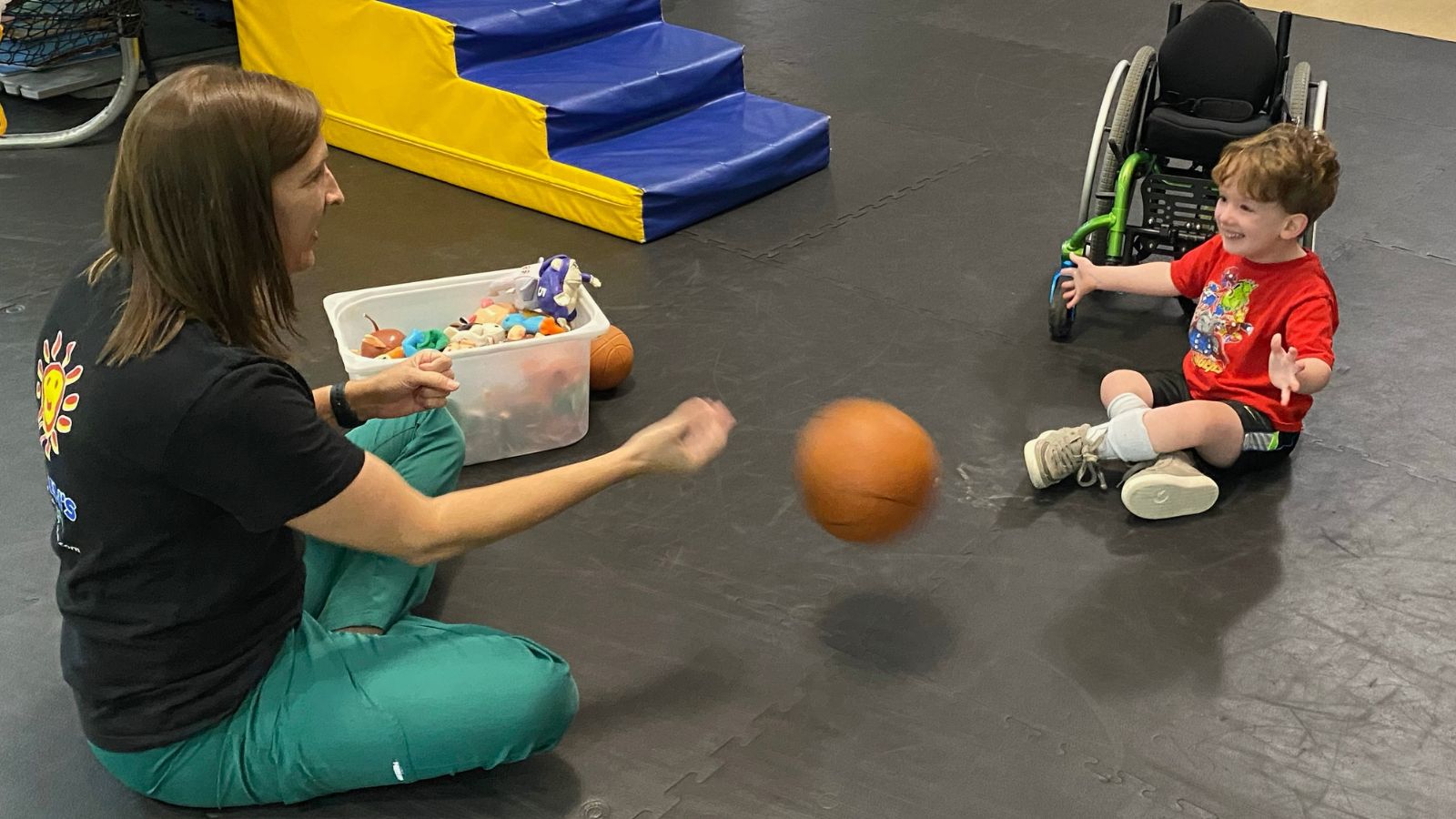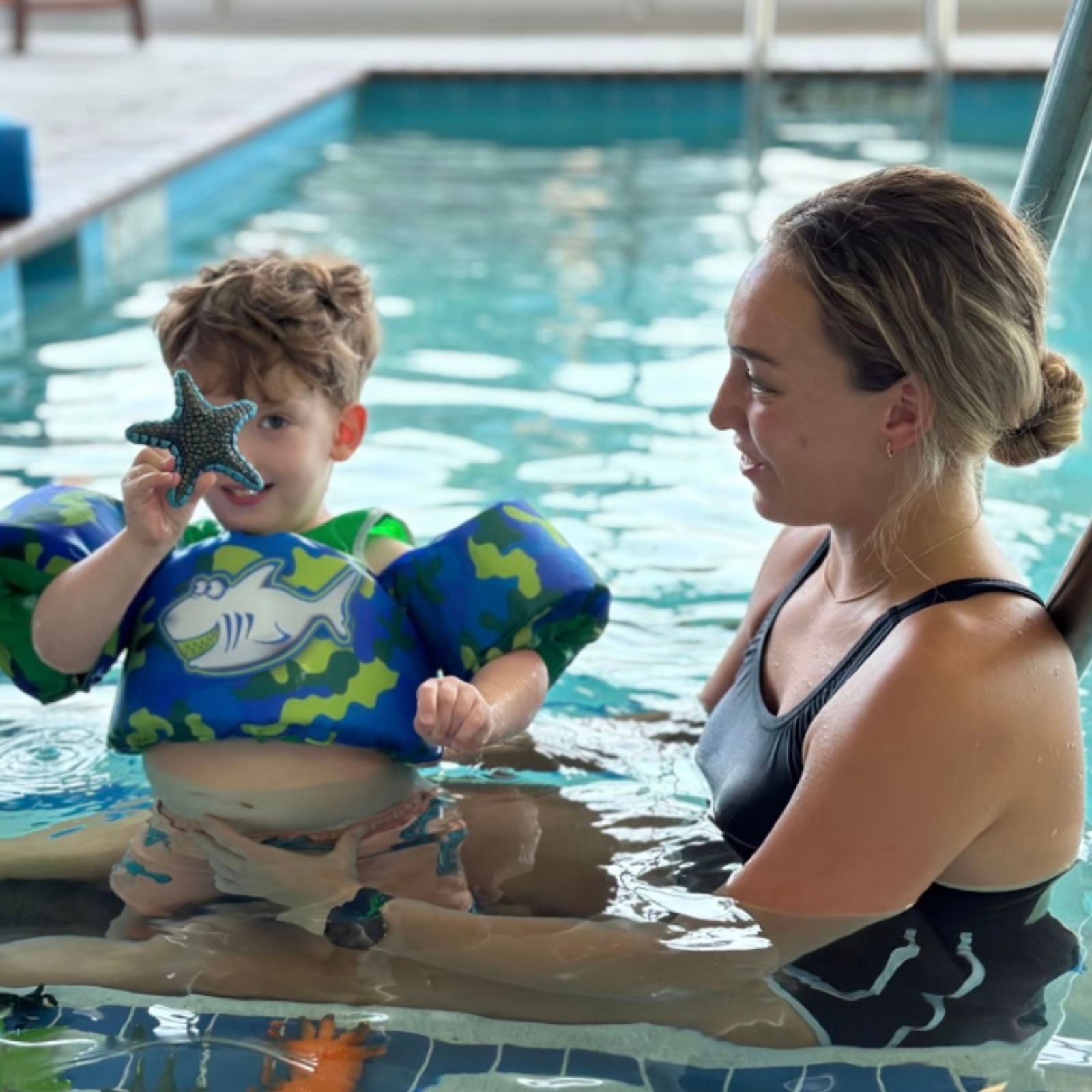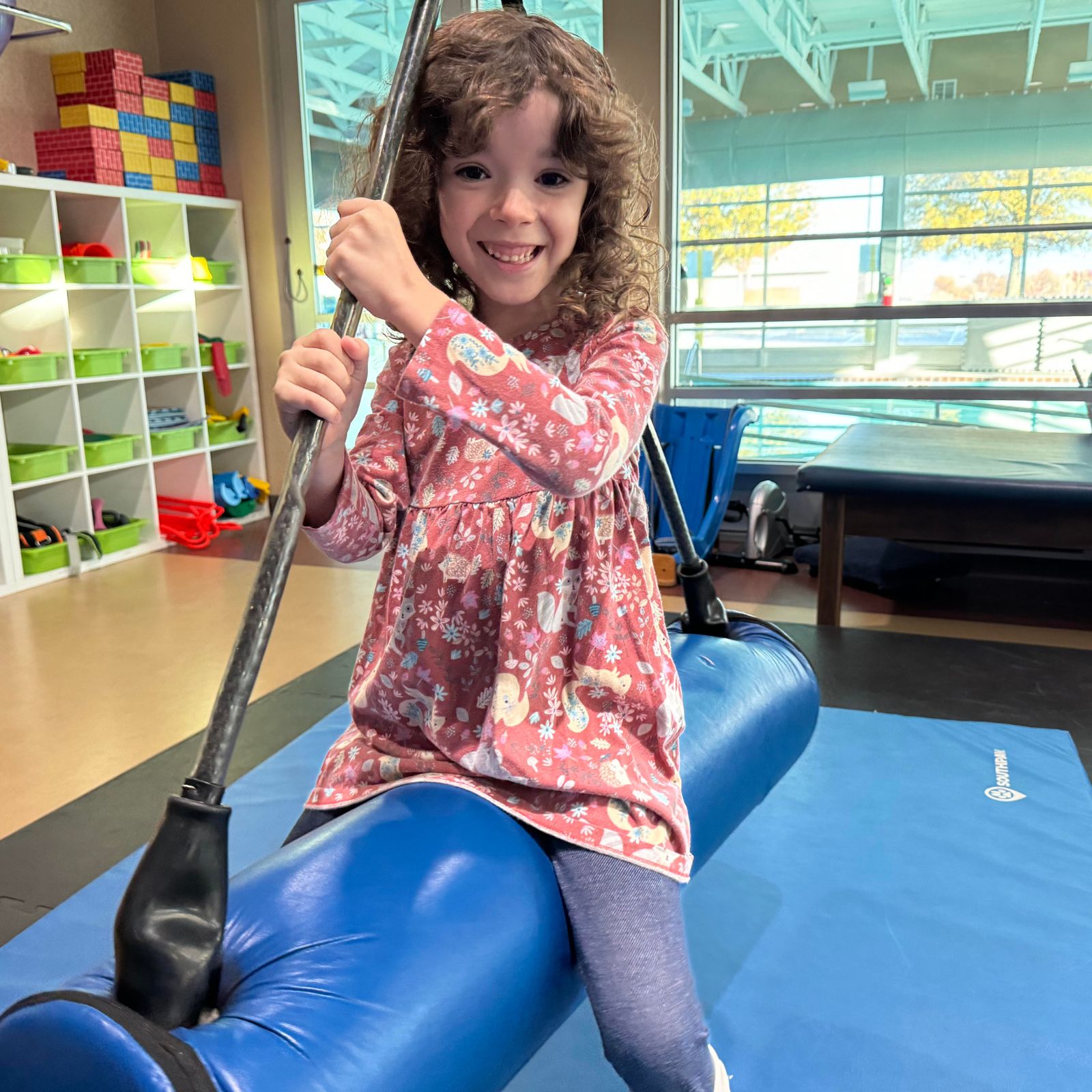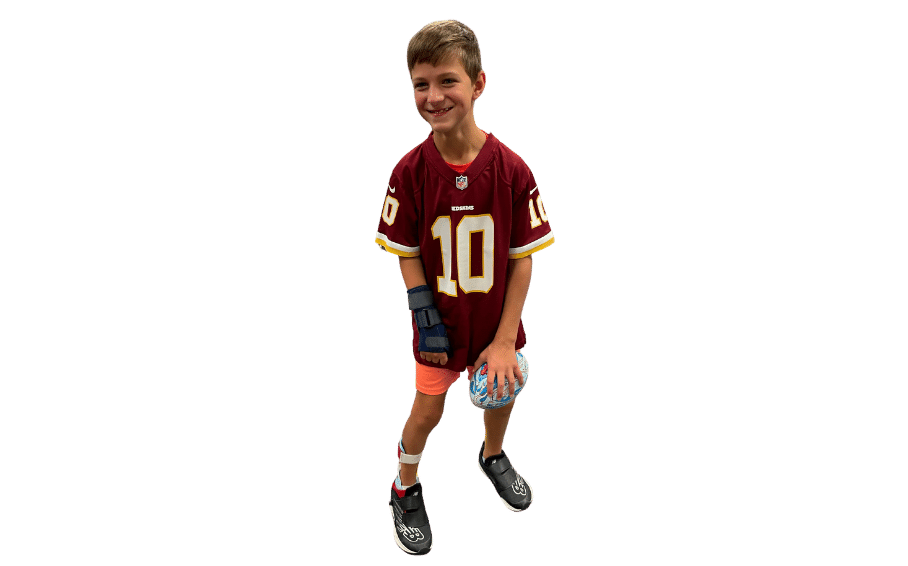
Intensive Therapy
reaching new levels of independence
Targeted Goals
Common targeted goals of intensive therapy relate to: balance, coordination and motor control, walking speed and efficiency, stability, decreasing falls, head and trunk control, endurance, strength, functional transfers, and mobility (rolling, crawling, walking).
Intensive Therapy may be recommended after surgery or a growth spurt, to maximize early intervention, or simply to achieve a targeted physical therapy goal.
More Therapy
The intensive model of therapy is a temporary increase in the number of hours and days a child is seen for physical therapy.
Increased Intensity
The intensity increase often looks like a 2-3 hour session, performed daily, for 2-3 weeks.


Principles of Neuroplasticity
Children have amazing brains which are constantly changing based on the information received. This is called neuroplasticity and is the driving force behind why intensive therapy works.
Salience
In neuroscience this term describes the phenomenon that the brain pays attention to what it finds important. Fun and engaging activities help children achieve the salience needed for motor learning.
Specificity
Training is clearly defined and related to the desired goal/task.
Use It and Improve It
Active practice/training of a task leads to improvement in that task.
Repetition
Changes to the brain require sufficient repetitions. While research doesn’t give us a specific number, we know it can take thousands of repetitions to make changes to the brain. Intensive therapy sessions allow us to get in lots of reps!
Intensity
Intensity is how often and how long you practice/perform the task. Research has shown that the more intensive the therapy program, the more likely a person is to achieve the desired results.
Session Length
While Intensive Therapy session lengths can be individualized for a child and family’s needs, a typical intensive session will be a session of 3 hours of physical therapy per day for 3 weeks.
Starting the Intensive Session
Initial Intensive Therapy session activities help prepare the client for strengthening and motor learning. Activities may include donning garments or supports for improved alignment, body awareness work, or sensory integration activities.
Sensory Integration Activities
Deep pressure, vestibular, proprioception and vibration activities related to sensory integration may be incorporated into the beginning of an intensive session.
Strengthening & Motor Learning
Obstacle courses designed by therapists give kids an opportunity to build strength and motor learning while engaging in fun physical challenges targeting therapy goals.
Functional Tasks
Functional tasks addressed are dependent on the goals of the child and family. They may include gait training, stairs, sitting, standing, balance activities, and activities of daily living.
The Team Family Approach
The intensive team works closely with the child and family in developing goals and treatment strategies specific for each child. Goals important to the child and family make the greatest difference in the family’s everyday life!
Sessions are very individualized and information is gathered from family, current therapists and initial testing for the best plan of care. The final family meeting is on the last day, when we get to talk about progress made and celebrate accomplishments!
Results-Driven
As research continues to gain evidence that the intensive model of therapy is effective, more and more families, therapists, doctors, and even insurance companies are recognizing the benefits as well.

The Team Family Approach
The intensive team works closely with the child and family in developing goals and treatment strategies specific for each child. Goals important to the child and family make the greatest difference in the family’s everyday life!
Sessions are very individualized and information is gathered from family, current therapists and initial testing for the best plan of care. The final family meeting is on the last day, when we get to talk about progress made and celebrate accomplishments!
Results-Driven
As research continues to gain evidence that the intensive model of therapy is effective, more and more families, therapists, doctors, and even insurance companies are recognizing the benefits as well.
